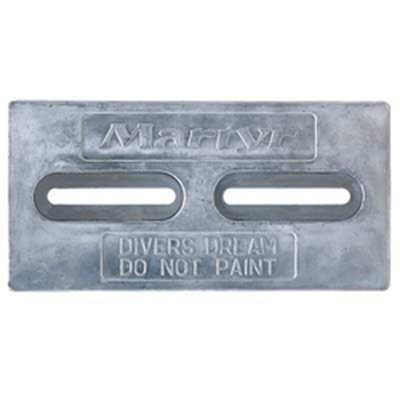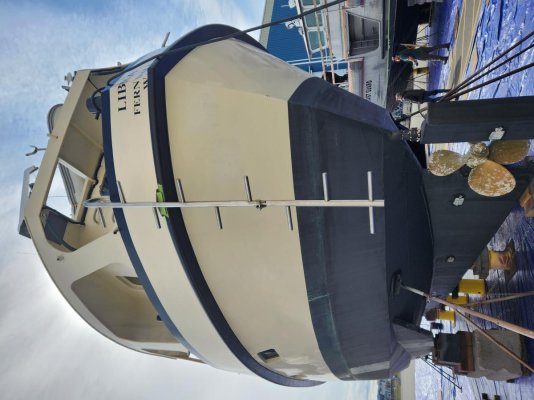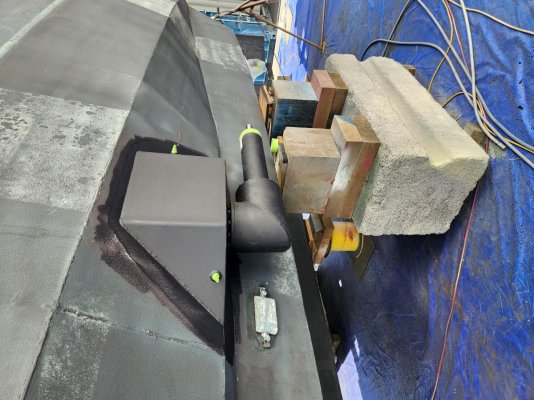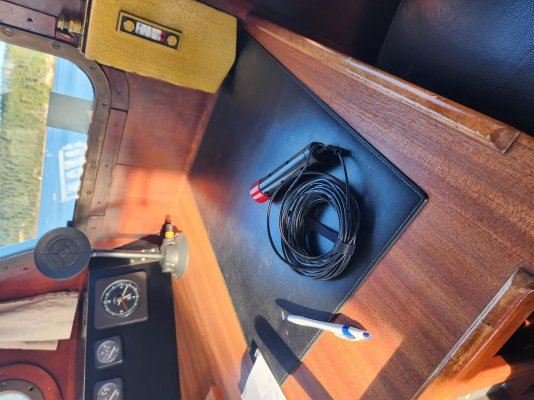I don't doubt the veracity of your anecdotal observations. However, bronze, for instance, is naturally corrosion resistant, and technically needs no cathodic protection (sacrificial anodes) to remain corrosion resistant. Some boat builders install bonding systems and hull anodes, and connect bronze underwater metals to them, others don't. Do the latter's metals corrode? Generally no. So, without a control, saying you believe anodes are working because you don't see corrosion is using the absence of evidence approach; it's not scientific.
A manganese bronze propeller, on the other hand, requires cathodic protection because its alloy contains zinc, and it will dezincify (causing it to turn pink) unless cathodically protected.
Ultimately, the in water reference cell test (and hauled continuity test), is the ultimate arbiter of whether or not anodes are properly connected, working (or of they are working too well) and of adequate mass. The maximum allowable resistance between any anode and any protected metal is just 1 ohm (that includes anodes that are connected to underwater metals by bonding wires). That standard can't be confirmed through any amount of observation, and if an anode is lasting over a year, it's a candidate for testing at the very least.
One ohm is a lofty goal, and one that's easily not achieved by even the slightest irregularity in contact between an anode and the surface it's installed over, or a corroded bonding connection located in the bilge, which of course is very rare, not.
Every steel or aluminum vessel would benefit from a permanently installed reference cell, which enables real-time monitoring of the protection level.
https://www.suremarineservice.com/Electrical/Monitoring-Stations/
On the subject of over-protection or over-zincing, doing so creates an alkaline solution around protected metals (and often a telltale halo effect). Since aluminum is amphoteric, it will experience pitting from over-protection. It is also harmful to timber vessels, they suffer delignification around protected metals. It can be an issue with steel, but it's indirect, as the alkaline will lift coatings, which then exposes the steel to rust. On FRP vessels it's purely a paint failure issue, this article explains the phenomenon in greater detail.
https://stevedmarineconsulting.com/...al-do-you-need-wi-fi-or-texting-smoke-alarms/




